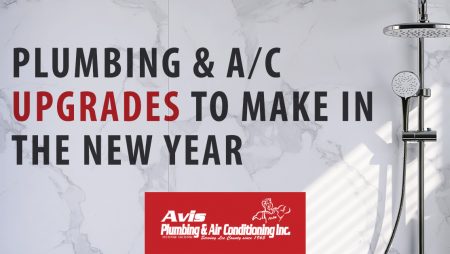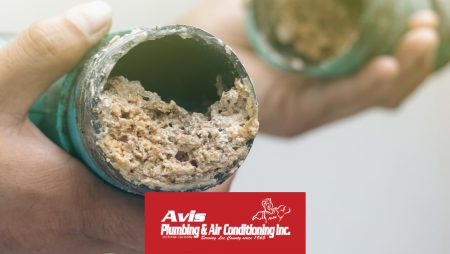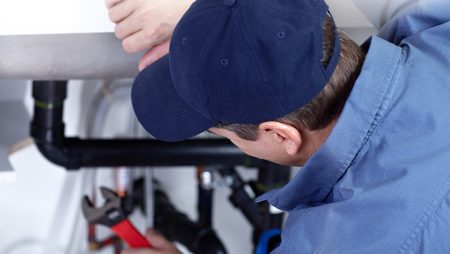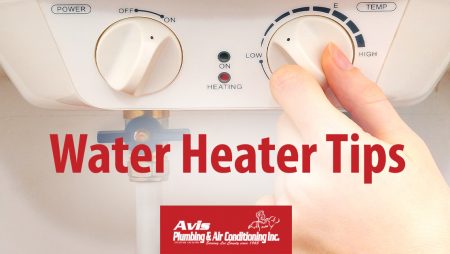Sewage pumps and lift stations are used for pumping sewage or wastewater from a low elevation to a higher one, especially when the use of gravity conveyance is hindered by the fact that you can’t dig down very far here in Southwest Florida (or if the source’s initial elevation isn’t sufficient for gravity flow).
Often called lift station pumps, the units are typically built as factory-assembled systems. The key components include a control panel with an alarm, a junction box, and a wet well (sometimes referred to as a “wastewater treatment receiving well”) equipped with pumps, valves, and piping. The submersible type of lift station pumps can be used on low-head, low-flow installations. For these applications, there are two types of pumps available – solid handling pumps and grinder pumps.
For trouble-free, safe, and efficient operation of a lift station pump, a properly designed wet well is key. The wet well will allow the lift station to be operated automatically with a simple control. Using a wet well for any other reason than this, such as a sewage storage reservoir, is not recommended.
Remember also that in order to minimize the detention/retention time of sewage, the wet well should be as small as possible. Septic action can occur if wastewater remains in the wet well for too long, and this can turn into a serious issue very quickly. At the same time, however, the wet well must be big enough to prevent excessive starting and stopping of the pump — which is why it’s important to hire an experienced contractor like Avis to repair or replace your system, as having the proper experience is crucial.
The main advantages of submersible lift station pumps are that they operate without frequent maintenance, and they generally cost less than dry well stations. Moreover, submersible lift station pumps usually don’t require large above ground structures, and they tend to blend in with the surrounding environment — something that many residents in this area will appreciate.
Keep in mind that control panels, junction boxes, and wet wells (especially the pumps) all require routine maintenance to avoid serious problems (and the hefty fines that are sometimes associated with those problems). With constant exposure to raw sewage, which is a naturally eroding substance, and the salty Southwest Florida air, the need for lift station repair is a common occurrence. We are experienced with lift station repair and are very familiar with the causes of lift station failure. We offer state-of-the-art solutions at an honest price — no matter what type of lift station configuration you have. We are certified contractors able to handle any lift station issue in Cape Coral, Fort Myers, Naples, and beyond — and can fix any problem you may be dealing with.
Our lift station repair services include:
- Pump inspection and repairs
- Clearing of clogs or debris causing a blockage
- Repairing holes in the tank
- Pipe and rail replacement
- Control panel replacement
If you are a property manager responsible for a lift station or have a broken sewage pump on your property and don’t quite know what you need to be doing to ensure the lifespan of your system (and the safety of your residents), give Avis Plumbing and Air Conditioning a call at (239) 542-4421. We can make sure your lift station is operating in tip-top shape and not causing you any worry.







One Response Comment
I didn’t know that in order to minimize the detention/retention time of sewage, the wet well should be as small as possible. Making sure to have the correct size is probably very important for the operation of the lift station pump. Maintaining both the wet well and the lift station and keeping them in good condition would probably help them function properly and safely as well.